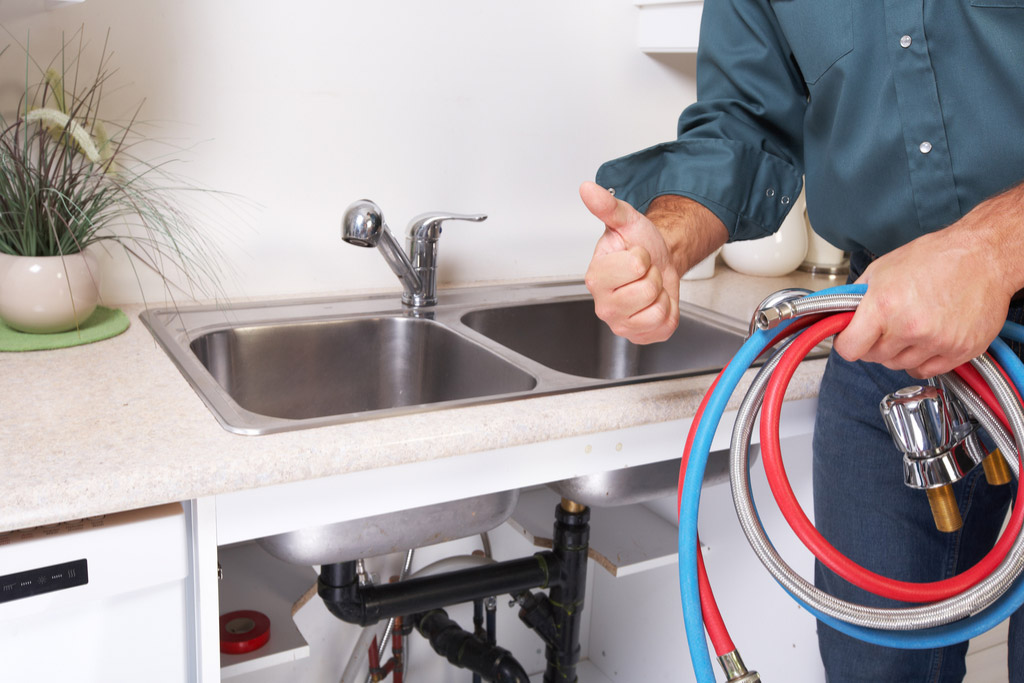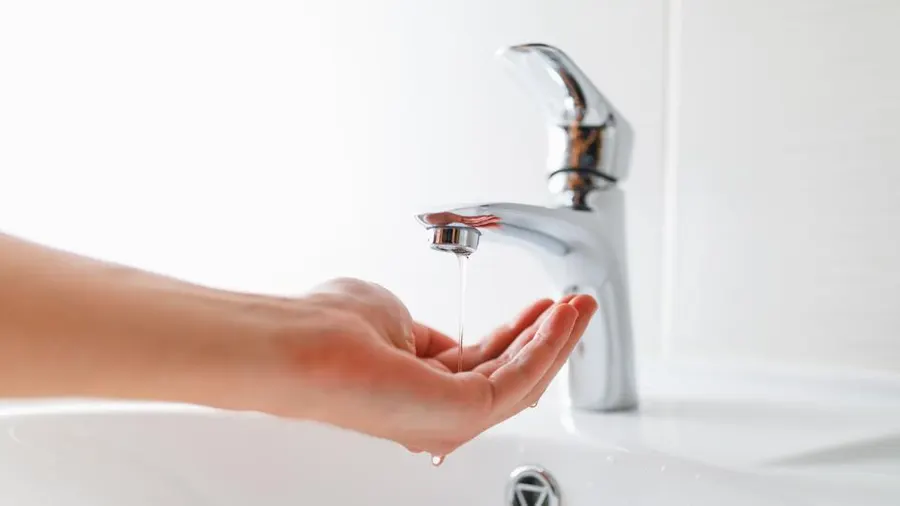Insufficient water pressure can present a vexing and bothersome issue in residential and commercial settings. Whether a feeble stream from the showerhead or a sluggish faucet, inadequate water pressure can disrupt daily routines and tasks. Plumbers are crucial in diagnosing and resolving such issues, ensuring that water flow remains consistent and efficient. This article will explore the common causes of low water pressure and the solutions provided by skilled plumbing technicians.
Causes of Low Water Pressure
- Pipe Corrosion and Scale Buildup:Over time, pipes can accumulate mineral deposits and rust, constricting water flow. This occurrence is prevalent within aging plumbing systems. Professional plumbers can identify corroded or scaled pipes and recommend appropriate solutions.
- Water Leaks:Undetected water leaks can cause a drop in water pressure as water is diverted away from the intended use points. Utilizing leak detection techniques, plumbing professionals swiftly pinpoint and address concealed leaks.
- Clogs and Blockages:Debris, sediment, and foreign objects can accumulate in pipes, causing blockages that impede water flow. Plumbers in Oakville use specialized tools to remove these obstructions and restore proper water pressure.
- Pressure Regulator Issues:Inconsistent water pressure within the plumbing system can stem from pressure regulators that are not functioning properly. Plumbers can inspect and adjust pressure regulators to ensure a balanced water flow.
- Municipal Water Supply Problems:Low water pressure issues might be linked to the municipal water supply. Plumbing technicians can investigate whether the problem lies within the property’s plumbing or is a broader issue affecting the neighbourhood.

Solutions Provided by Plumbing Technicians
- Pipe Replacement or Repair:Plumbing technicians might recommend pipe replacement or repair for severe corrosion or scale buildup. Modern materials are more corrosion-resistant, improving the plumbing system’s longevity.
- Descaling and Hydro-Jetting:professional plumbers can use descaling agents and hydro-jetting equipment to clean drains and restore optimal water flow to address scale buildup.
- Leak Detection and Repair:Plumbing technicians utilize advanced tools like acoustic leak detectors and thermal imaging to pinpoint hidden leaks. Once detected, leaks can be repaired swiftly, mitigating further water pressure issues.
- Pipe Cleaning:Plumbing technicians can effectively remove clogs and blockages by using snaking and hydro jetting techniques, allowing water to flow freely.
- Pressure Regulator Adjustment:Skilled plumbing technicians can assess and adjust pressure regulators to ensure consistent water pressure throughout the property.
- Routine Maintenance:Scheduled maintenance by professionals can prevent future low water pressure issues. Conducting routine examinations, performing cleaning tasks, and addressing minor repairs contribute to maintaining the plumbing system’s prime operational state.
- Collaboration with Municipal Authorities:professionals can collaborate with municipal water authorities to address and resolve issues affecting the entire community in widespread low water pressure cases.
Conclusion
Plumbing technicians are the experts to turn to when faced with low water pressure problems. Their expertise, abilities, and specialized equipment empower them to identify the root causes of diminished water pressure and offer efficient remedies. From detecting leaks to repairing or replacing pipes, these professionals ensure that your plumbing system operates efficiently, delivering the water pressure you need for everyday tasks. If you’re experiencing low water pressure, don’t hesitate to contact experienced professionals to diagnose and address the issue, restoring comfort and convenience to your living or working space.






